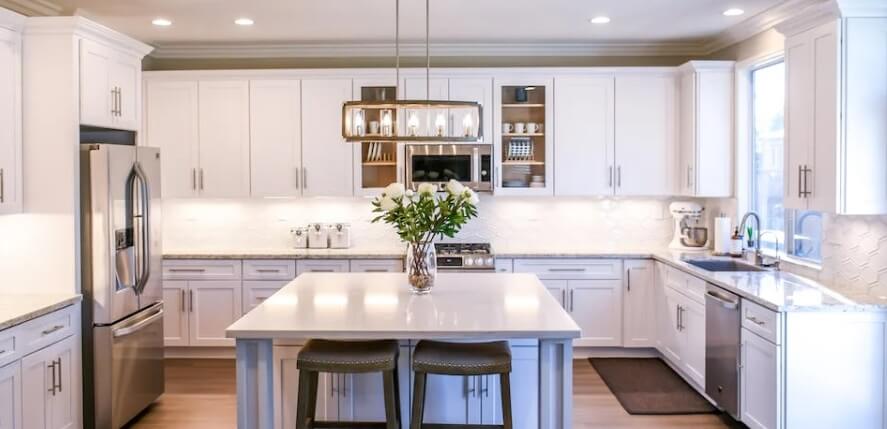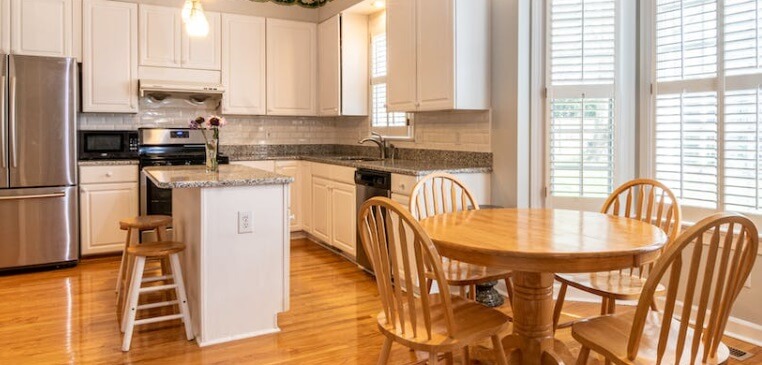
Get to Know About Landed House Interior Design in Singapore
Landed house interior design is a process whereby a house is built on an open patch of land without any support, similar to its construction out of wood. Landed house interior design began to emerge in Singapore during the 19th century onwards. The first commercial building in Singapore was built on Telok Ayer Street around 1834. Five years later, more buildings started to appear on the street, marking the commencement of a building boom in Singapore which lasted until the 1850s.
Singapore has become a popular location for multinational corporations to build offices due to its low tax rates and stable political climate. Landed house interior design Singapore is a widely recognized and accepted method of constructing, expanding, or refurbishing buildings. It has the following benefits;
1. Low cost
The process to have a building constructed on an open patch of land is much cheaper than building it within the confines of a gazetted area, especially when compared to the cost of preparing a site before construction begins. The cost is further reduced as the land itself is available and not requiring any sort of environmental remediation or funding by way of buy-back or planning permission.
2. Flexibility
Landed house interior design can provide properties with an extensive range of options regarding structure and layout which can be fine-tuned during the design process, without having to follow strict regulations on architecture and building type.
3. Speed
Once a plot of land is available, construction can begin quickly, leaving little or no time for competitors to interfere with your plans and design. It can also be used as an effective measure to prevent squatters from moving in once the building has been completed and a decision has been made not to use it immediately but rather to wait and see how the property market reacts to its presence.

4. Safety
Due to the fact that the land is available, construction can begin before all of the detailed plans have been drawn up. This allows for spontaneous design changes to be implemented and for any potential flaws in the design to be ironed out early on. By allowing flexibility and improvisation, it allows owners and builders to work together on perfecting the design to ensure that everything is presentable and functional. This can prevent construction from being delayed due to flaws in either the concept or design, with potential buyers/occupants becoming less likely to purchase/rent if they see that there are problems that need sorting out.
5. Convenience
The low cost of construction and its speed of creation means that a new property can be completed in a relatively short space of time, meaning there is little chance of it being purchased by competitors or squatters before you have had the opportunity to use or rent it. The flexibility of the design also lends itself to facilitating quick completion and its use as an effective residential building as well as an office building.
6. Environmentally friendly
Green buildings are becoming more popular with the general population and developers, providing an alternative to typical office buildings which are generally made using timber and concrete materials which can damage the environment. landed house interior design Singapore is a method that offers the same benefits to the environment as green buildings but without the need to procure land as it is already available.



